Reviewed by: Jame Jimenez
When you first heard Google was planning to crack down on Android's sideloading capabilities, you might have felt that familiar sinking feeling. Here we go again, another tech giant tightening its grip on what users can do with their own devices. But here's the thing: Google's recent announcement about preserving sideloading for "experienced users" suggests the company is listening to feedback and trying to strike a more nuanced balance.
The tech giant's initial plan to require developer verification for all Android apps, even those distributed outside the Play Store, rattled the Android community. Critics called it the beginning of the end for Android's open nature. After pushback, Google revealed it is building special pathways to preserve the flexibility that power users and developers rely on.
This is not just about placating enthusiasts. It is the core problem every mobile platform faces now: protecting average users from sophisticated scams while keeping the technical freedom that makes Android distinctive. Early access to the new verification process has already begun for developers, so this is not a thought experiment; it is happening.
What's changing with Android's sideloading rules?
Here is the new reality. Google is introducing mandatory developer verification for all Android apps, not just Play Store titles. Starting next year, Android will prevent users from installing apps made by unverified developers, a sharp turn from Android's traditionally permissive approach.
The verification process is not a rubber stamp. Developers must provide their legal name, address, email, phone number, and, in some cases, even government ID, mirroring Play Store rules and extending them to the wider ecosystem.
Rollout will not be all at once. The implementation will begin regionally in 2026, starting with Brazil, Indonesia, Singapore, and Thailand, before expanding globally in 2027. That timeline gives Google room to tune the system based on real‑world feedback, while focusing early on places hit hard by mobile scams.
If you live in the Play Store, you will barely notice. If you have ever installed an APK, used F-Droid, or leaned on alternative sources, you will need to adapt to new workflows and restrictions.
The 'experienced user' exception: How it works
Google walked back the most rigid version of its plan and designed an "advanced flow" for installing unverified apps. This new system is specifically intended for developers and power users who have a higher risk tolerance and want the ability to download unverified apps.
It is not a casual toggle. The advanced flow is built to resist exploitation. The company emphasizes that the flow is designed to resist coercion, ensuring users aren't tricked into bypassing safety checks under pressure from scammers. Social engineering often walks victims through dismissing every warning on screen, so Google is adding friction that fights back.
Expect strong warnings, extra steps, and maybe even delays, all meant to force a pause and a clear-eyed decision. Multiple confirmation screens, plain‑spoken explanations of risk, and moments that slow you down if someone is pressuring you.
Google is currently gathering early feedback on the design of this feature and plans to share more details in the coming months. Translation, the final design can still change based on what the community says and what testing reveals.
Why Google says verification is necessary
Look at how threats have evolved. The company points to a recurring pattern in which attackers exploit sideloading to steal two-factor authentication codes, indicating the goal is not just malware; it is direct access to your most sensitive accounts.
Technical defenses alone do not stop a convincing human. Google notes that technical measures alone cannot prevent these scams because bad actors often manipulate users into overriding warnings. A fake bank rep on the phone, a link in a chat, step-by-step instructions, and suddenly every safeguard is clicked away.
Verification raises the cost of doing harm. By requiring identity verification, Google hopes to make impersonation more difficult and increase operational costs for scammers. Determined criminals will still try, but forcing traceability and paperwork can shrink the attack scale.
This is not theoretical; Google has documented the pattern, especially in regions where mobile banking and digital payments are central, and where a single scam can wreck someone's finances.
Special provisions for students and hobbyists
Google also carved out a lane for small-scale tinkering. The company is developing a dedicated account type for students, hobbyists, and small-scale developers to allow app distribution without full verification requirements.
This lighter tier preserves learning and experimentation without opening the door to mass abuse. Students and hobbyists will be able to bypass full identity requirements, but will face restrictions limiting app distribution to a small number of devices.
There is a bit more choreography. Users will need to share a device identifier with the app developer, who then enters that ID into Google's console and provides download instructions. It is more involved than tapping an APK, yet it creates a traceable connection that discourages misuse while keeping legitimate sharing alive.
The idea is simple: not everyone building apps is a business or a bad actor, and the platform should make room for class projects, indie experiments, and helpful tools among friends.
What this means for Android's future
This is Google trying to thread the needle between security and openness that defines Android. The approach balances stronger protection for the general public with a manual bypass for those who genuinely understand the risks.
Skepticism remains. F-Droid has called Google's assurances that "sideloading isn't going anywhere" misleading, arguing that the new process effectively puts independent app stores and developers under Google's control. That critique hits the core tension: can Google preserve openness while deciding who gets to create installable software?
Execution will decide it. Will the advanced flow be understandable without a manual? Can alternative app stores guide users through it? Does the hobbyist tier offer enough flexibility without opening new holes?
Google confirmed that these concessions were made in response to community feedback, acknowledging that students need ways to learn and experiment, while power users require options to accept installation risks. I would not be surprised if the company keeps tweaking the knobs as real‑world use rolls in.
The bottom line: Navigating Android's new reality
Google's revised sideloading policy tries to address real security problems while keeping the flexibility that distinguishes Android from more locked‑down platforms. The company listened and adjusted.
While identity verification for developers will still be required starting in 2026, experienced users will now have the option to bypass this restriction and accept the risks of installing unverified apps. For most people who stick to the Play Store, life goes on as usual.
For developers and alternative stores, though, this is a major shift. The new system represents Google's effort to extend the stability and security of Play Store verification rules across the wider Android ecosystem, changing how apps travel outside official channels.
The real test starts during the phased rollout. Do these policies cut scams without crushing the experimentation that made Android a playground for builders and tinkerers? If the new pathways stay usable, this could land in a workable middle. If they calcify, expect the debate to flare up again. Either way, the balance struck here will shape Android's openness for years.





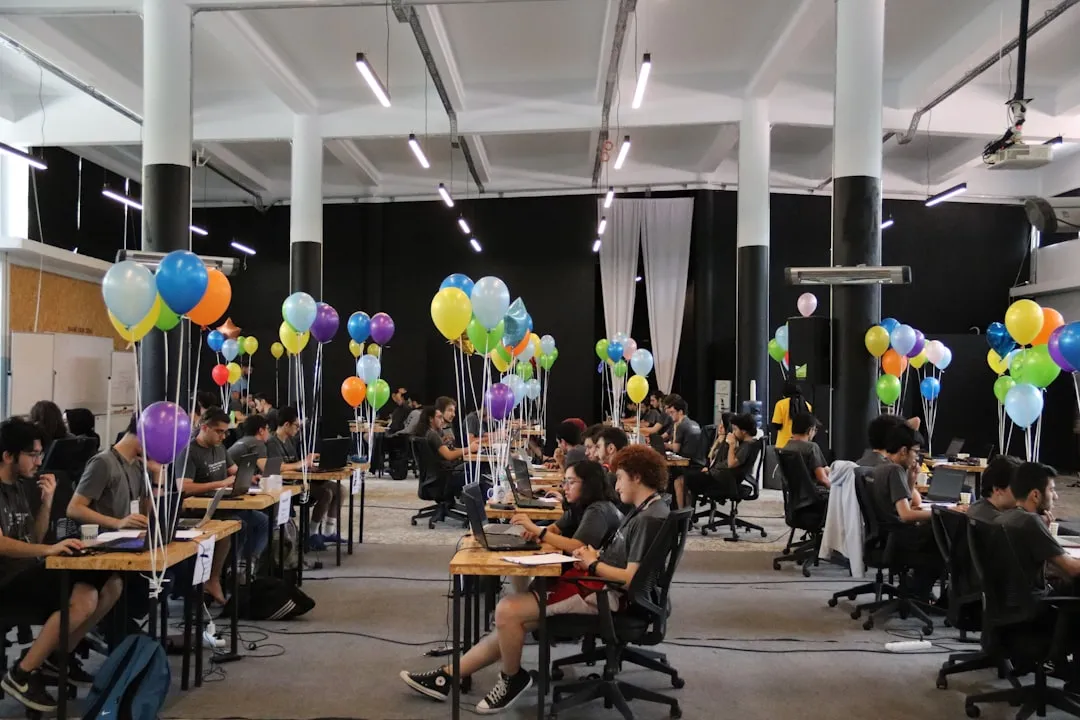
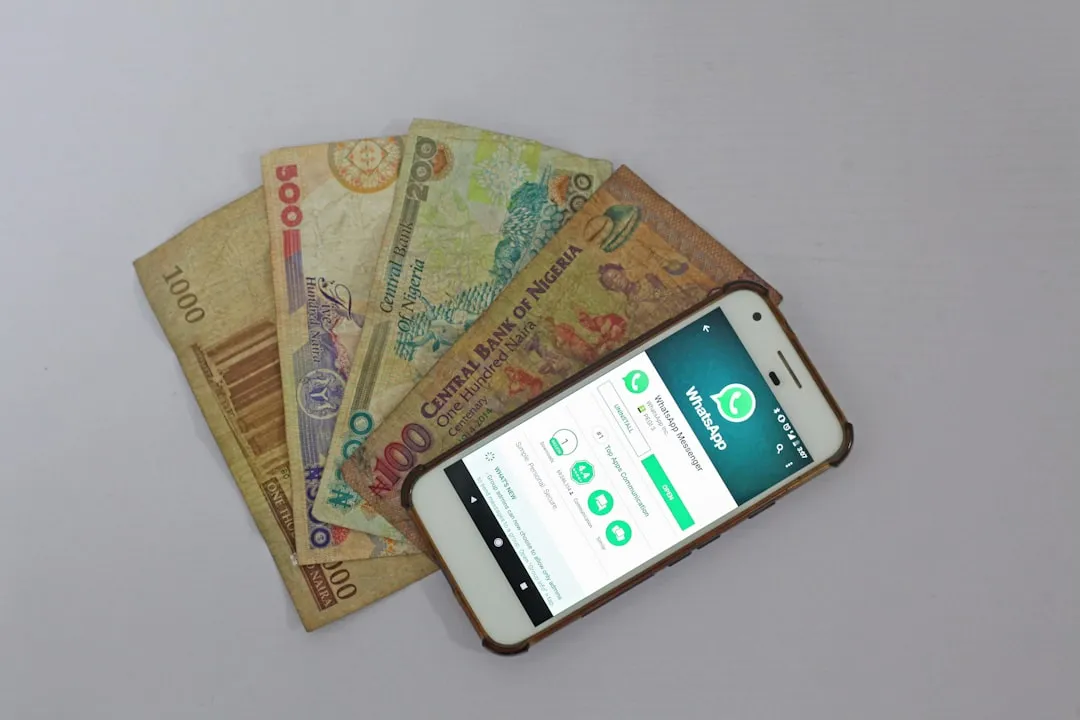
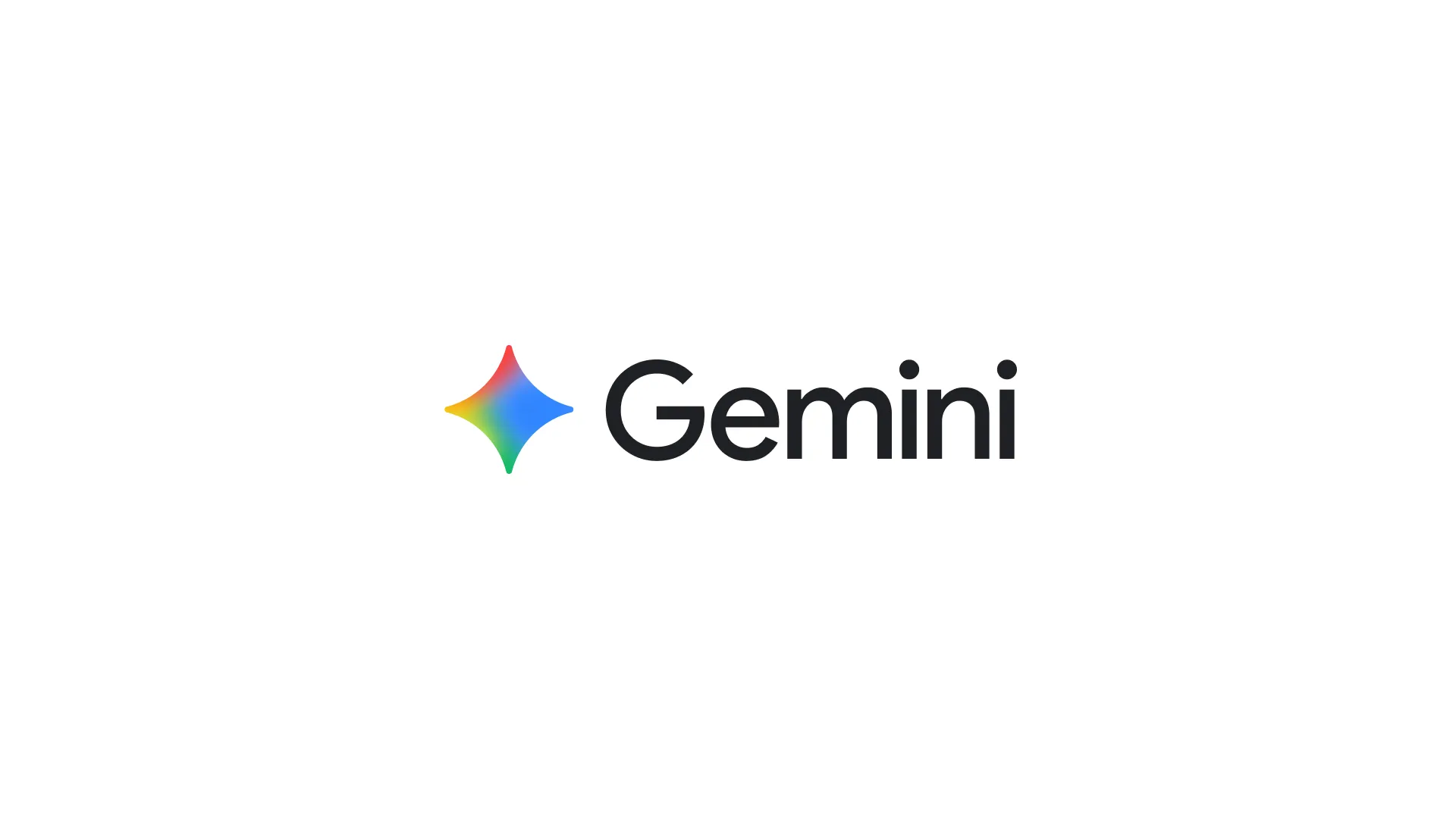




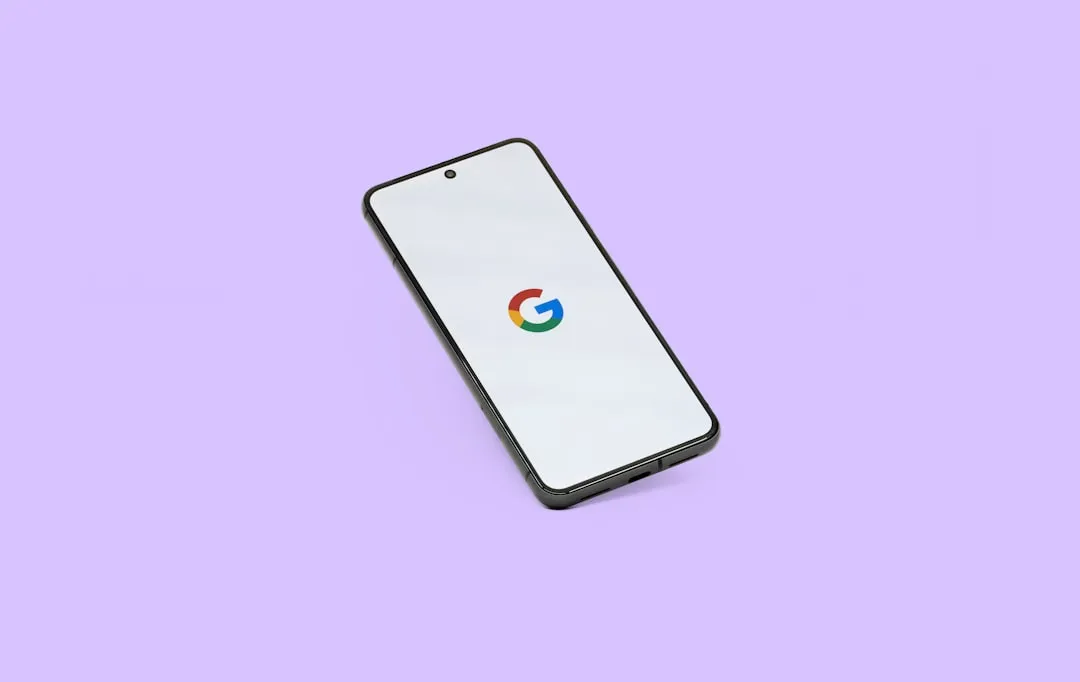
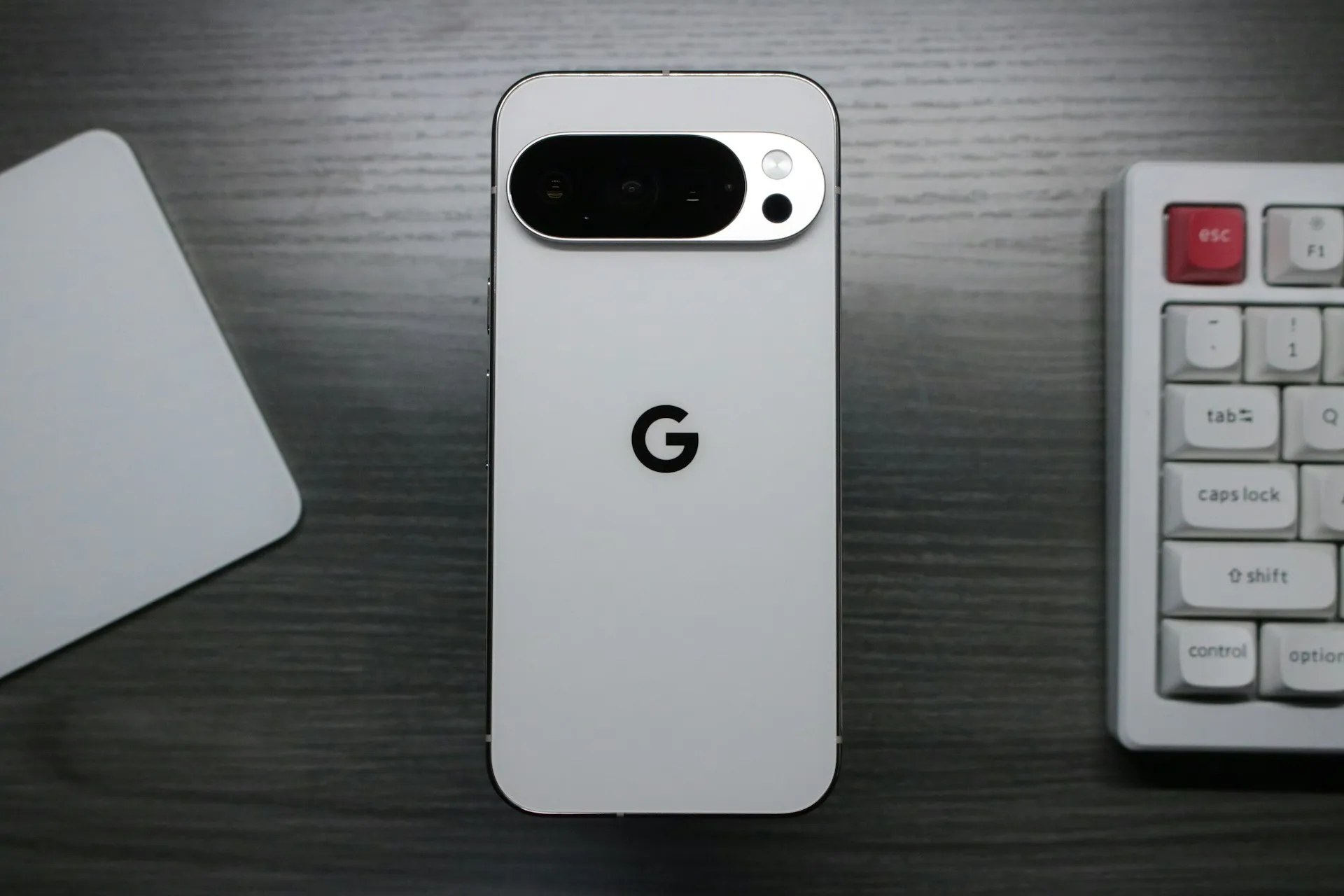
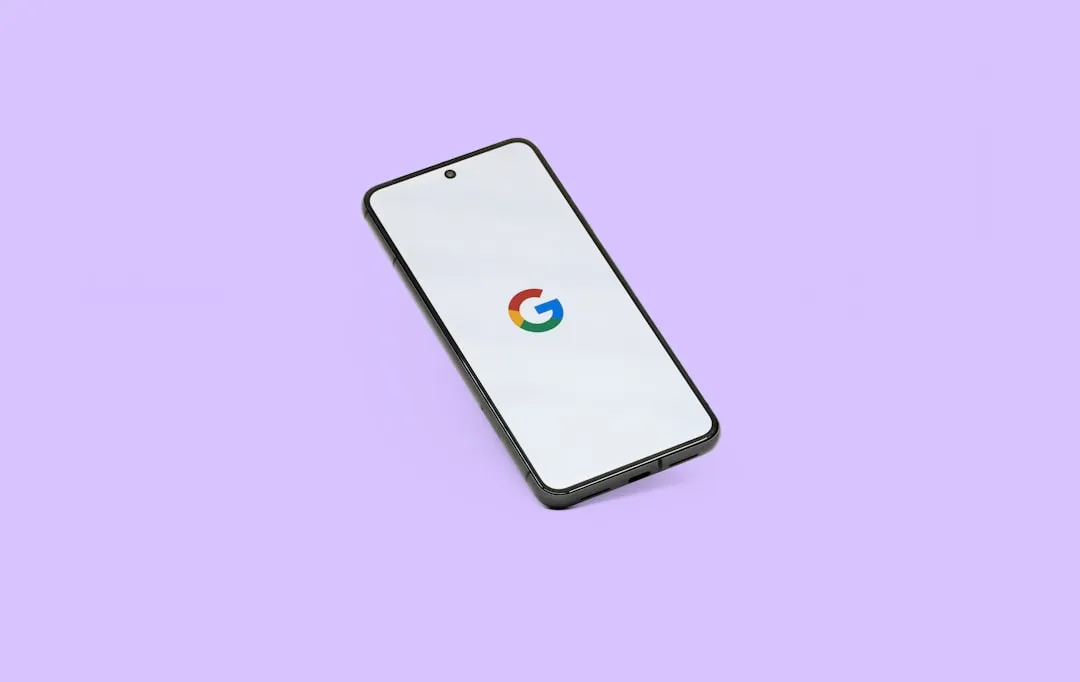

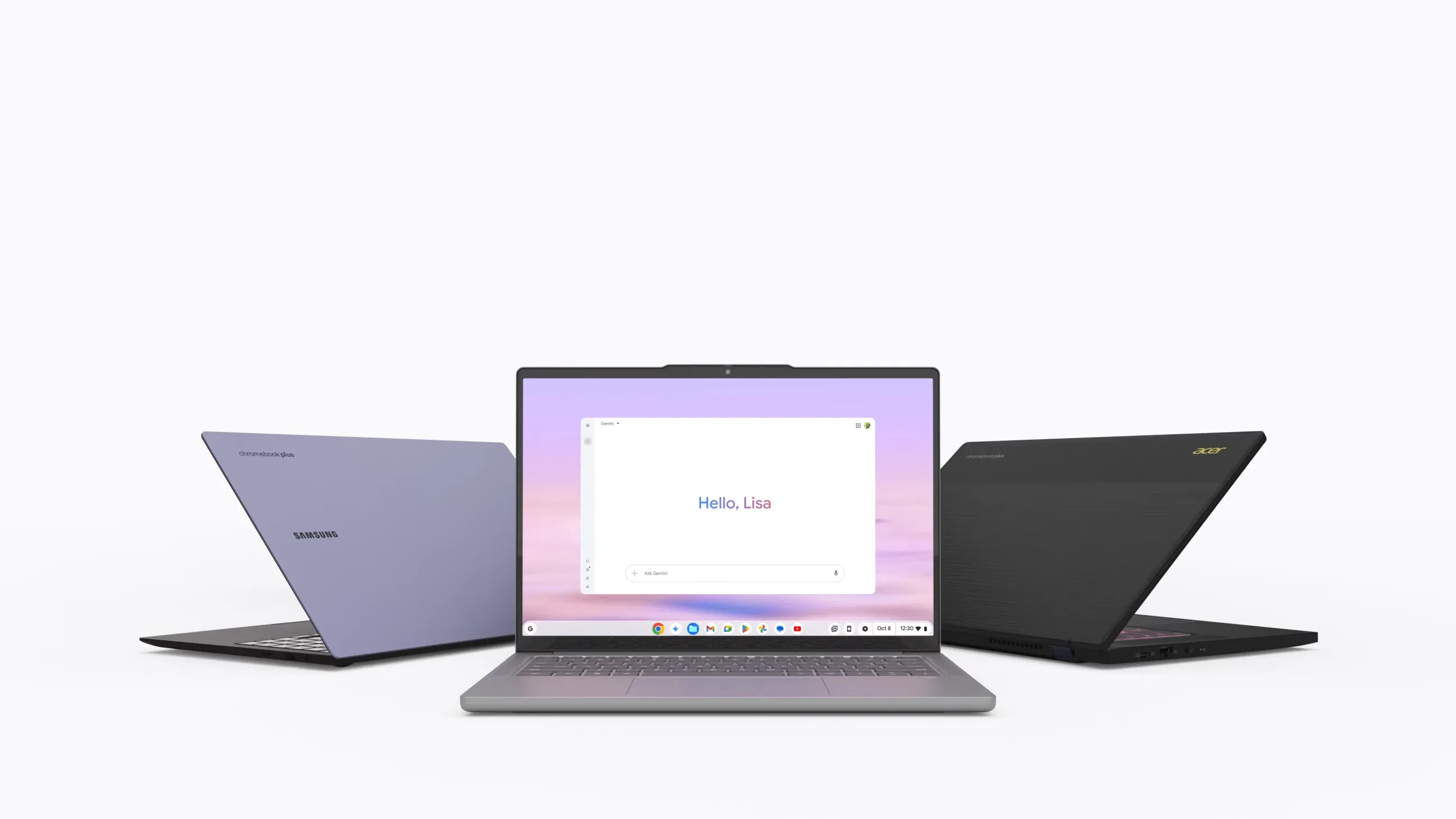

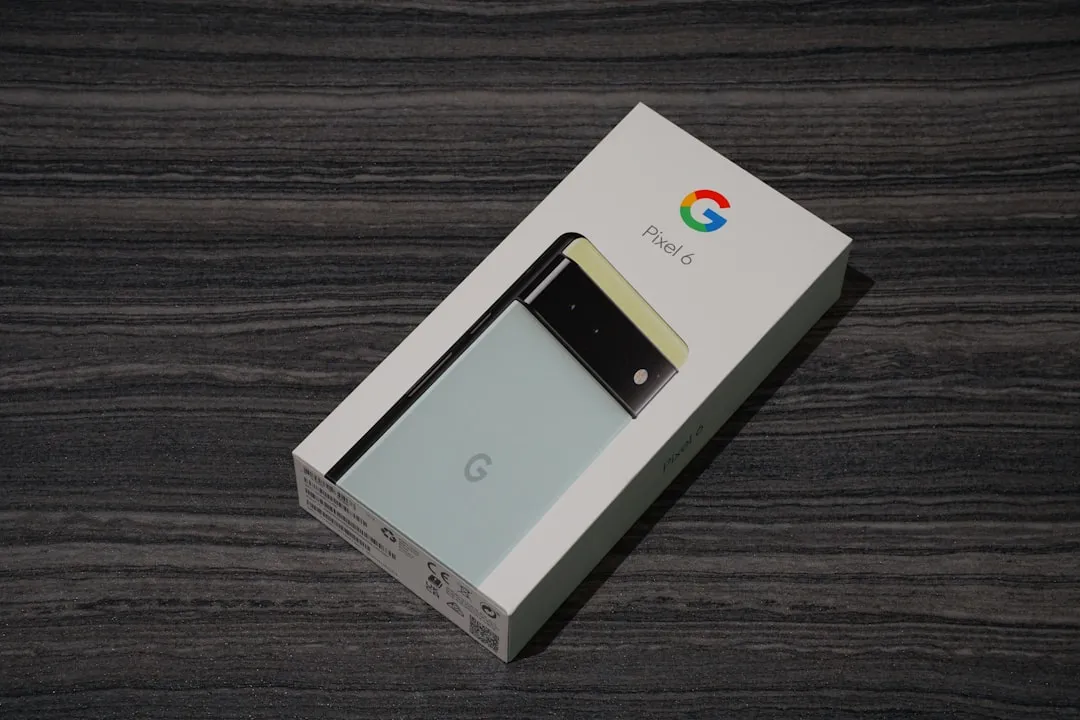
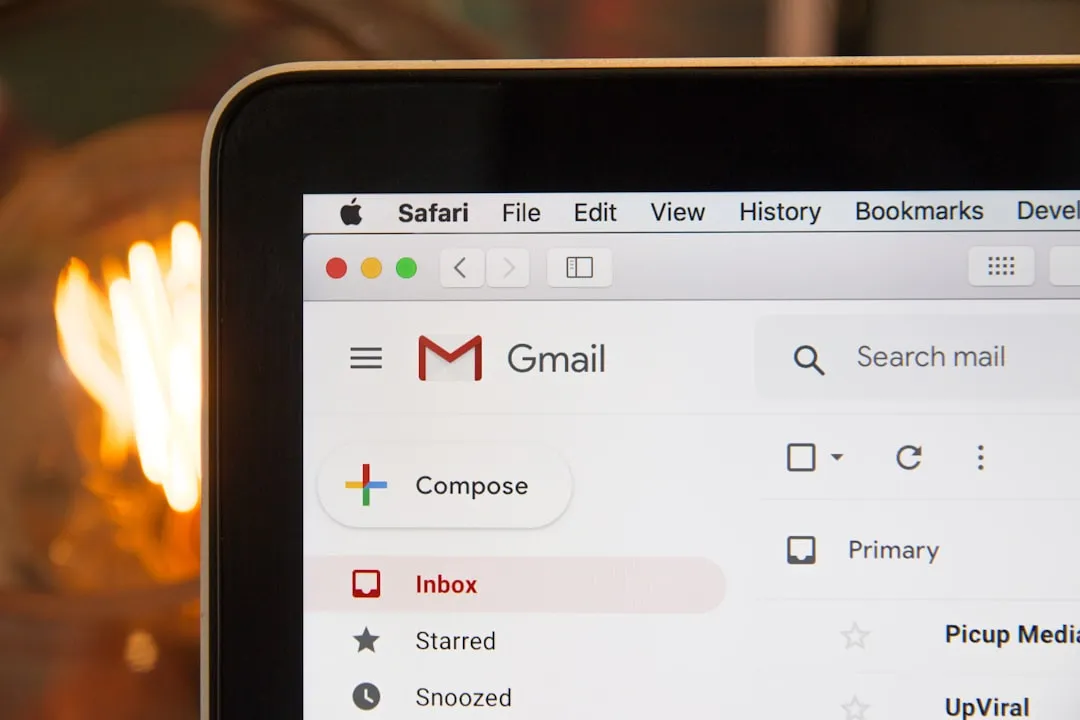
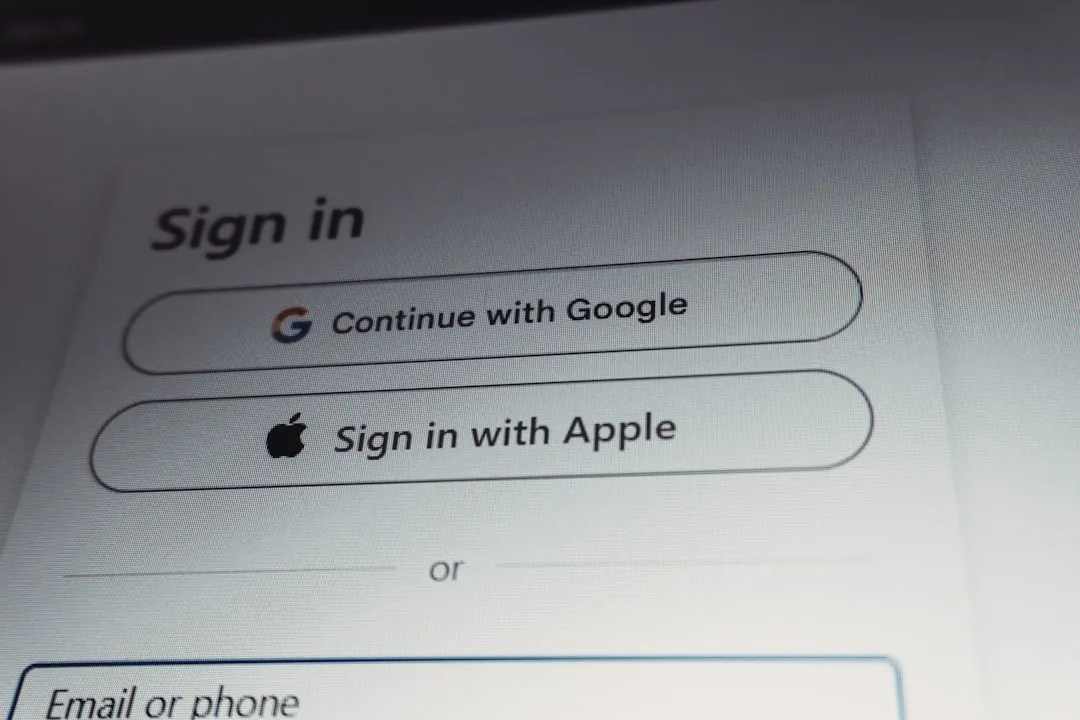
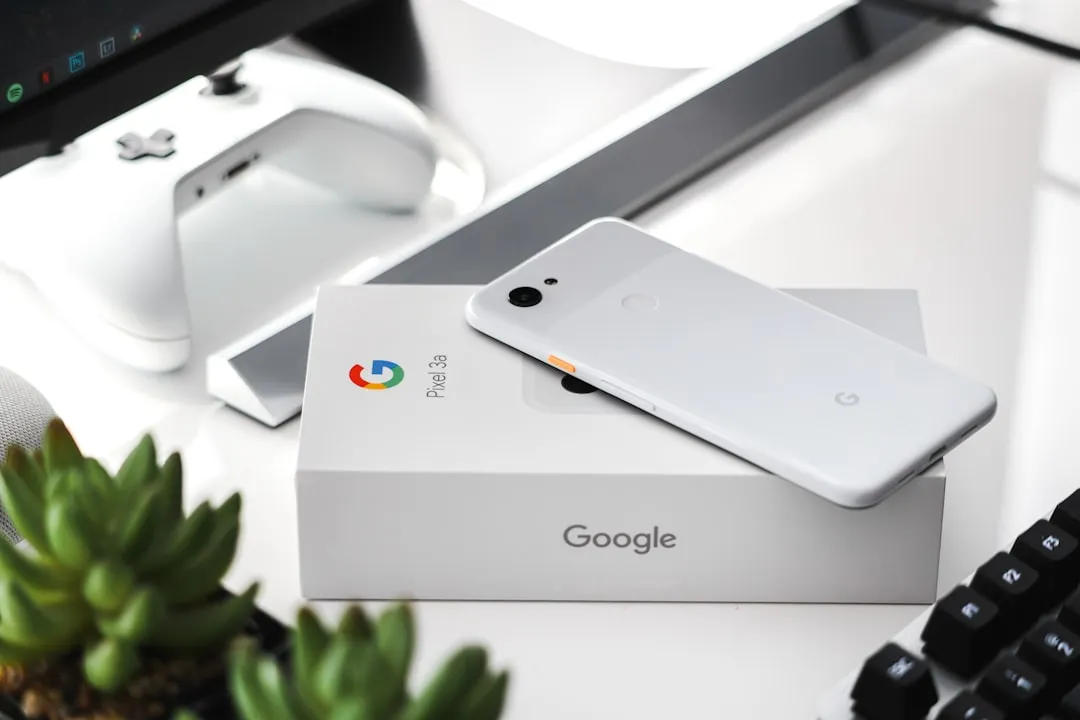
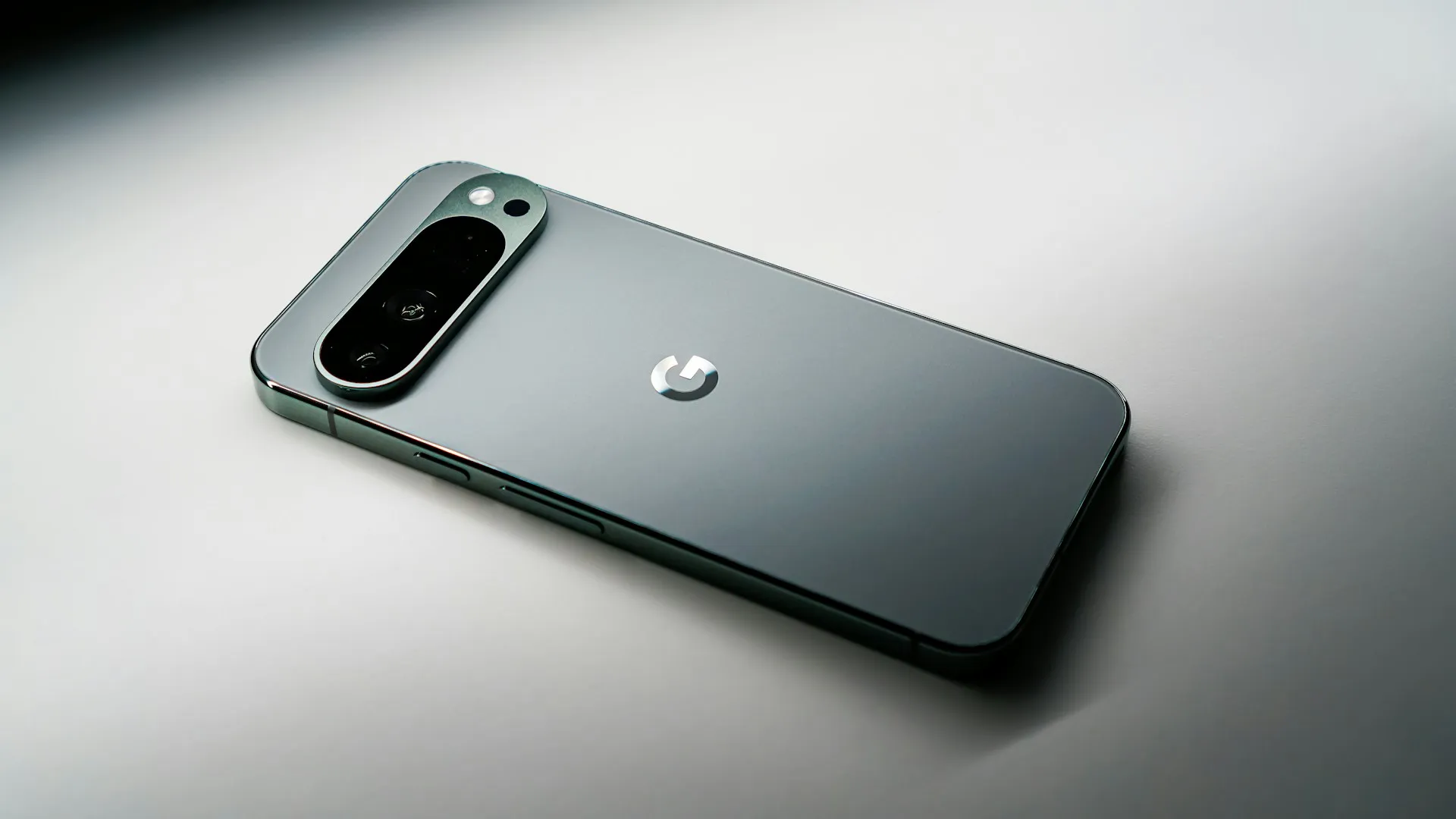

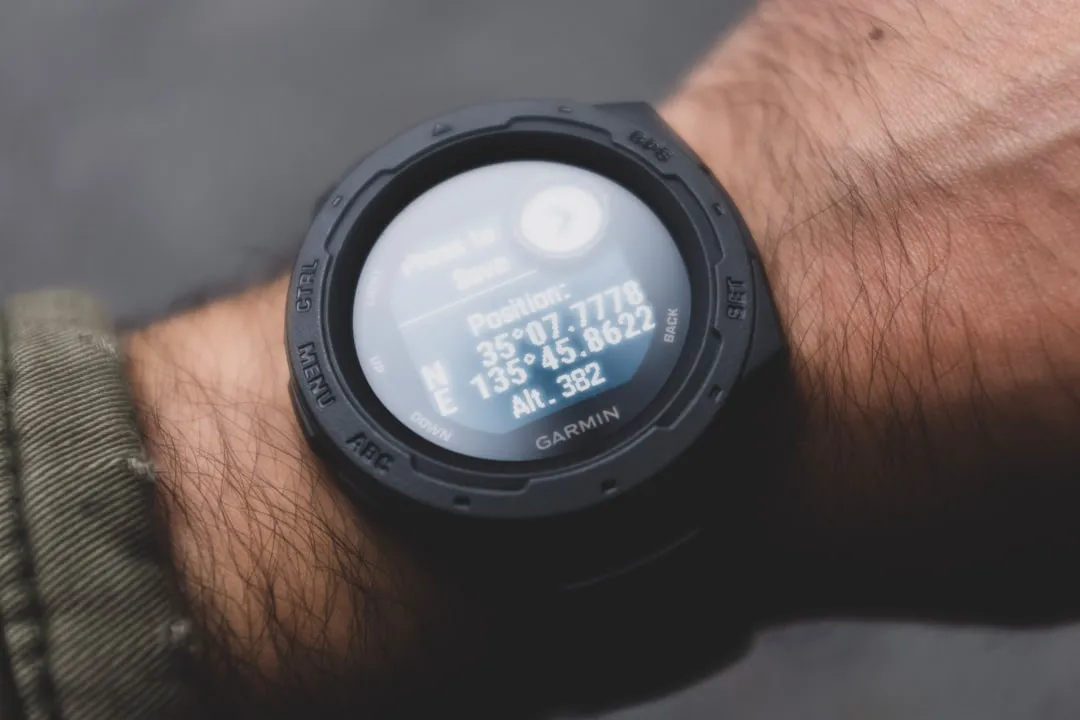
Comments
Be the first, drop a comment!